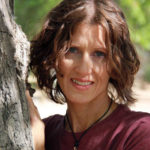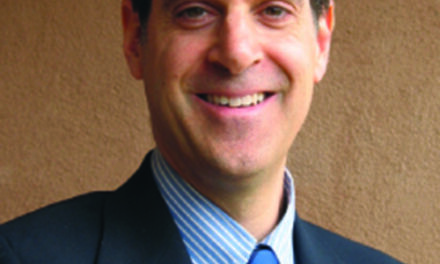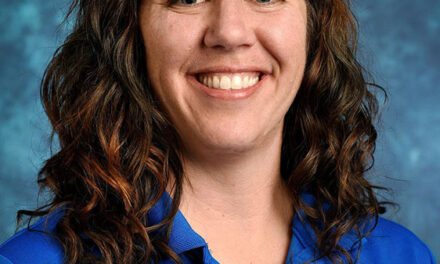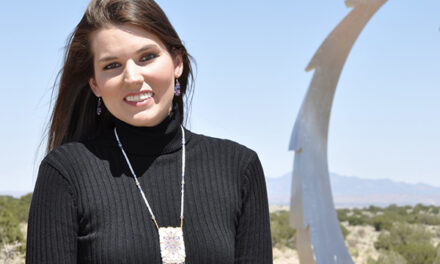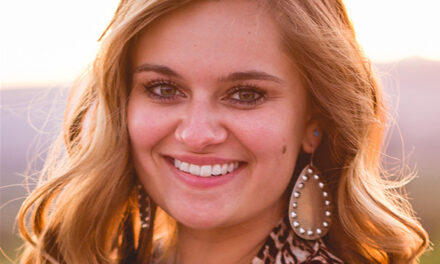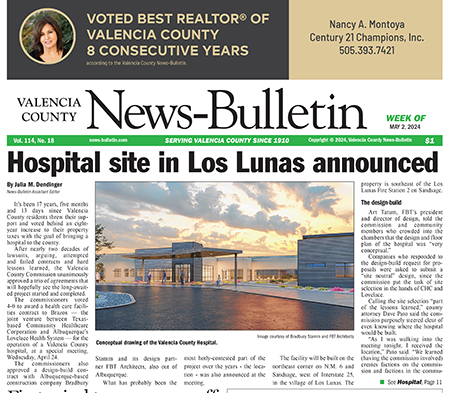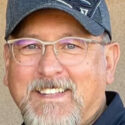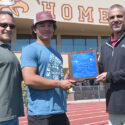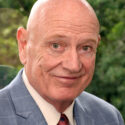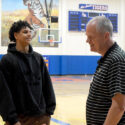Paw it forward
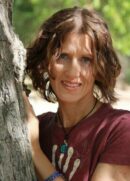
Colleen Dougherty
I’d heard of blue moons, our blue planet (Earth) and having “the blues,” but until I stumbled upon an interview with Dan Buettner on NPR radio one morning, I’d never heard of a “blue zone.”
The concept is pretty simple, actually: blue zones are pockets of civilization where people remain largely untouched by the trappings of “westernized” life — or at least choose to avoid some of its most unproductive and unhealthy habits. Instead, people in blue zones live a lifestyle that increases their life expectancy while decreasing their potential for disease, and also seems to enhance their joy in life.
Buettner is an explorer, educator, author, award-winning cyclist and recognized fellow with the National Geographic Society, who, through his travels, began discovering places where people were living into their 100s (10-12 years beyond a “normal” life expectancy), were healthier and seemed, well happier! By 2005, he’d written about blue zones in Italy, Spain, Mexico, Japan, Costa Rica, Greece and in the city of Loma Linda, Calif.
In each of these places, peoples’ lives revolve around a handful of lifestyle habits Buettner calls the “Power 9.” These include the following:
- They eat a mostly plant-based diet. That’s not to say they don’t eat any meat, but on average they eat it only about five times per month, and most everyone has some kind of garden. They also don’t overeat, stopping just before they feel full. Many do this by serving themselves on smaller plates at a counter, putting the food away, then sitting at the table to eat.
- They don’t “exercise” in the way we think of it. Instead, they organize their activities and environments to encourage natural movement. That might include cooking, housework, yard work or simply taking a walk.
- Speaking of walking, folks in blue zones take time to experience nature though daily walks outdoors without a cell phone.
- They honor their elders, keeping them as close by as possible, and including them in family activities. This has also proven to help the children. There are much lower rates of child obesity and mortality.
- In addition to close family ties, blue zones have a strong sense of community. People really pay attention and take care of one another, and they also form strong lifelong bonds with small circles of friends.
- Everyone has some form of spiritual foundation, which they practice on a daily basis. That might include nature walks, gatherings, prayer, or service to others.
- Members in blue zone communities have searched for and found their sense of purpose, reason for living, or as the Japanese call it, “Ikigai.”
Buettner met one elder whose “Ikigai” was caring for her great-great-great granddaughter. Yep, that’s three greats! The commonalities between these blue zones are unmistakable, but the sources of their ideologies come from different histories and circumstances.
In Japan, for example, the practice of venerating elders goes back many generations. The Costa Rican city Buettner discovered is one of the economically poorest places on earth; and Loma Linda hosts a large population of Seventh-day Adventists whose lifestyle is crafted around their understanding of the Bible.
With his organization, Blue Zones, Buettner has created several blue zones here in the U.S., with results that include double digit drops in obesity and smoking, millions of dollars in health care savings and lower employee absenteeism. Each project is a collaboration with the community itself, including the leaders whom he says “have one thing in common: the vision to change their community.”
This led me to realize that life in a blue zone is a combination of intention, opportunity, culture, openness and willingness. As I look at my own life, I realize I do a lot of blue zone things every day, like spending time outdoors and eating a vegetarian/almost vegan diet.
My work with people and animals gives me my “Ikigai,” as does my writing. I study and learn stuff all the time, do things by hand (cooking, yard work, even laundry) and last year I discovered that my backyard is full of delicious wild dandelions. I had to research to identify them, then tried them myself and found them delicious! (So did my bunny rabbit.) They’re already up in the yard. I’m harvesting them daily, and I love saying that I’m “eating my yard!”
So, I think even if we’re not in a certified blue zone, these practices that boost health, longevity and joy in life are available to us all. Yes, that’s an invitation! Thanks for reading and be well.
(Colleen Dougherty’s history in animal welfare includes work in a veterinary clinic, shelters in Santa Fe and Albuquerque, and currently as a volunteer for the Valencia County Animal Sheltera. She has been a speaker at the N.M. State Humane Conference on three occasions, presenting talks on caring for small mammals in the shelter setting, and compassion fatigue in animal welfare. She holds degrees in art and counseling therapy, and certificates in eco-psychology and feline massage therapy.)
